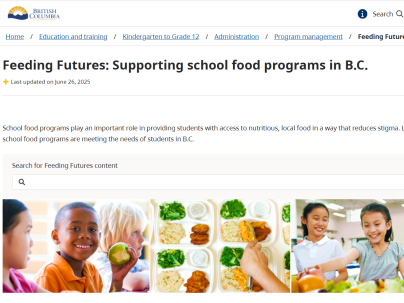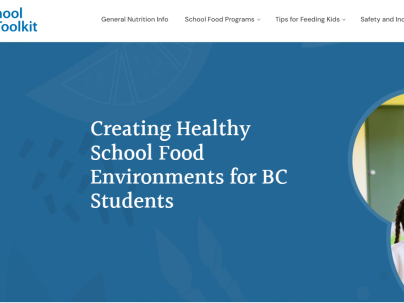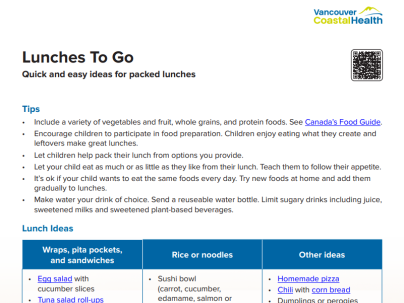Supporting healthy eating at school
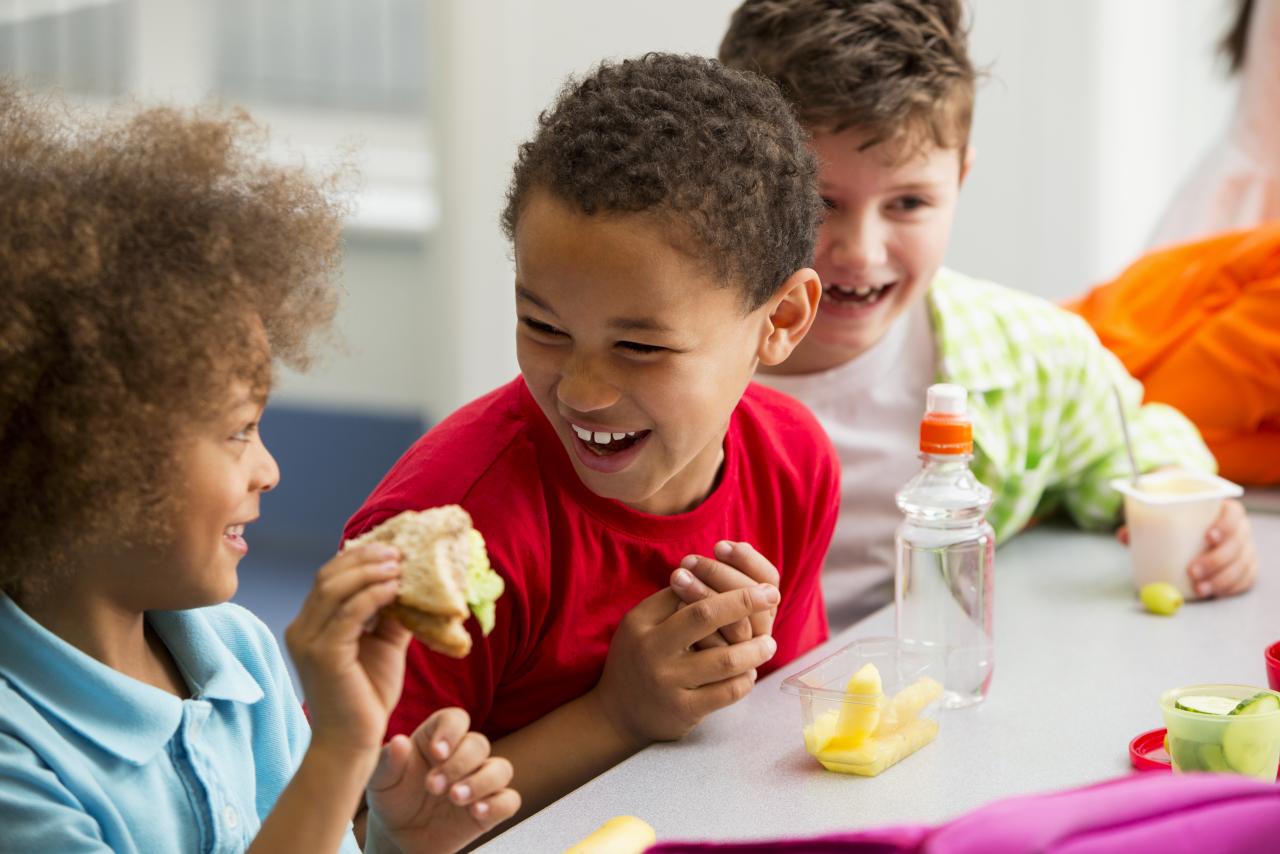
Providing children with positive food experiences has been shown to promote physical and mental health. Learn tips and access resources from your local public health team to help you support healthy eating at your school, whether you're working at a school or are a parent or caregiver.
Introduction
Schools play a crucial role in shaping children’s eating attitudes and behaviours and help lay the foundation for a healthy relationship with food.
Students do best when they have role models and when foods offered in and outside the classrooms are consistent with healthy eating messages. VCH Public Health dietitians work with public health staff, schools, and community partners to promote healthy eating in school settings. To support you in the classroom, Vancouver Coastal Health's Public Health team has created and curated information and resources for school communities across three main topics:
- School Food Programs
- Relationship with Food and Body
- Teaching About Food and Nutrition
If you have questions about any resource below, please contact VCHnutrition@vch.ca.
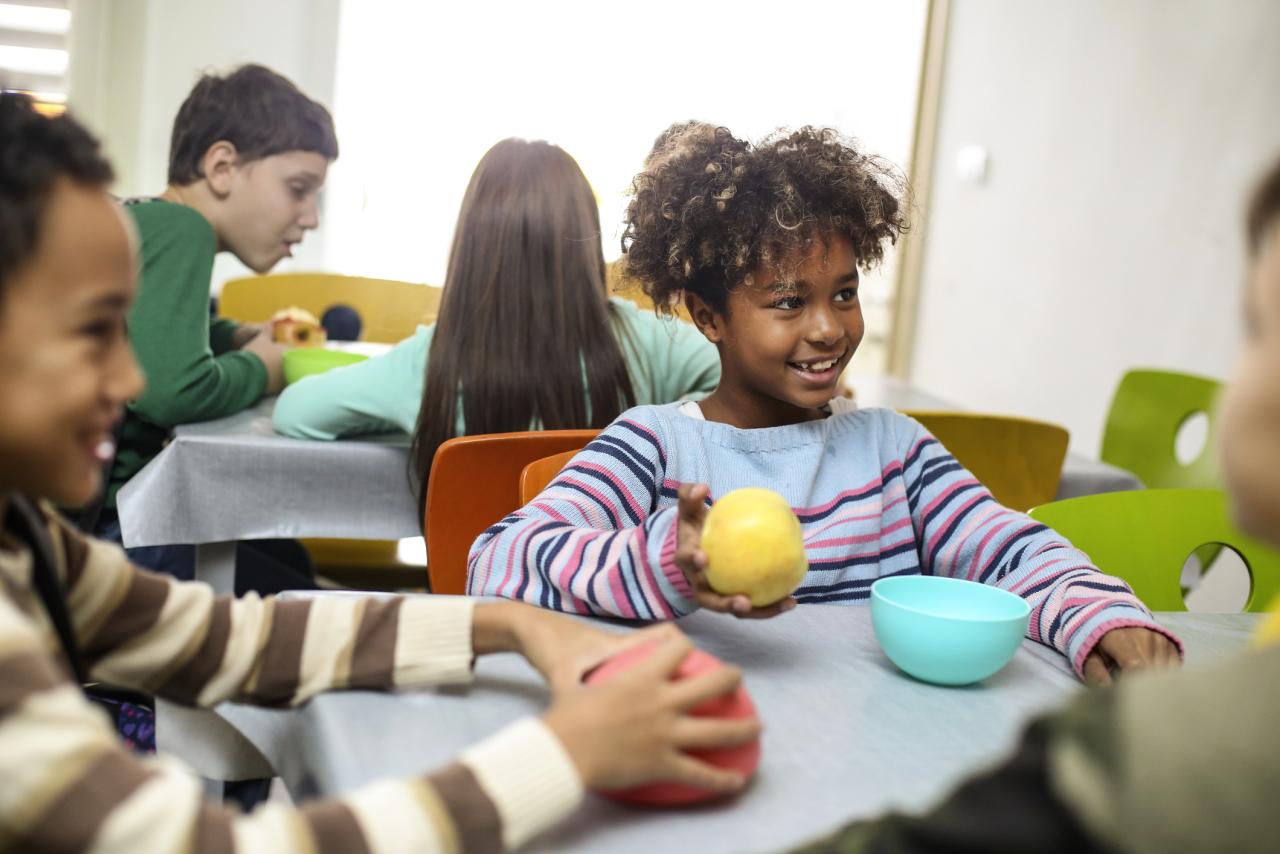
School food programs
School food programs can improve access to nutritious foods at school, build food skills, and connect students to their local food systems. Research shows that providing positive exposures to growing, preparing, and eating food improves food literacy and has a lasting impact on physical and mental health.
School food programs play an important role in providing students with access to nutritious, local food in a way that reduces stigma. Learn how school food programs are meeting the needs of students in B.C.
Additional school food programs and resources
School food programs play an important role in providing students with access to nutritious, local food in a way that reduces stigma. Learn how school food programs are meeting the needs of students in B.C.
-
-
Farm to School BC
Public Health Association of BC (PHABC)
-
Hands on Food
Developed by educators by educators and health professionals.
-
BC Agriculture in the Classroom programs
-
Digging in Deep – Photovoice Project
Sixteen Vancouver secondary school youth from Grades 9 to 12 were co-researchers in a Photovoice research project exploring connections to food, gardening and mental well-being. The photos and stories in this exhibition are powerful examples of the link between their growing food and cooking experiences and the importance of relationships, not only with friends and family but also with nature. The garden provided youth with a safe place for building resiliency, such as mastery of food literacy skills, personal growth and managing stress.
-
Traditional foods resources
The BC School Food Toolkit has ideas and resources to help schools incorporate Indigenous Foods into school food programs.
-
Nurturing Healthy Eaters at School
-
Should I be concerned about serving hot dogs at school? (VCH guidance)
-
-
-
Food Allergies and Intolerances
From the BC School Food Toolkit.
-
Anaphylaxis in Schools and Other Settings
Canadian guidelines for anaphylaxis management.
-
Anaphylaxis in Schools
30-minute online course for school staff.
-
All About Food Allergy
Food Allergy Canada’s program for grade 4 to 6 classrooms and teachers.
-
-
-
Self-Serve Food Safety Tips
-
Community Fridges in Schools - Recommendations for Use and Poster
-
Food Safety - BC School Food Toolkit
-

Relationship with food and body
School communities, including staff and parents/caregivers, can help children develop a positive relationship with food and body. Children and youth who feel good about themselves are more likely to make decisions that are health promoting.
If you have concerns that a student may be dealing with an eating disorder, then connect them with needed services such as a primary care practitioner.
Please see Guidelines for helping a student with a suspected eating disorder for school staff.
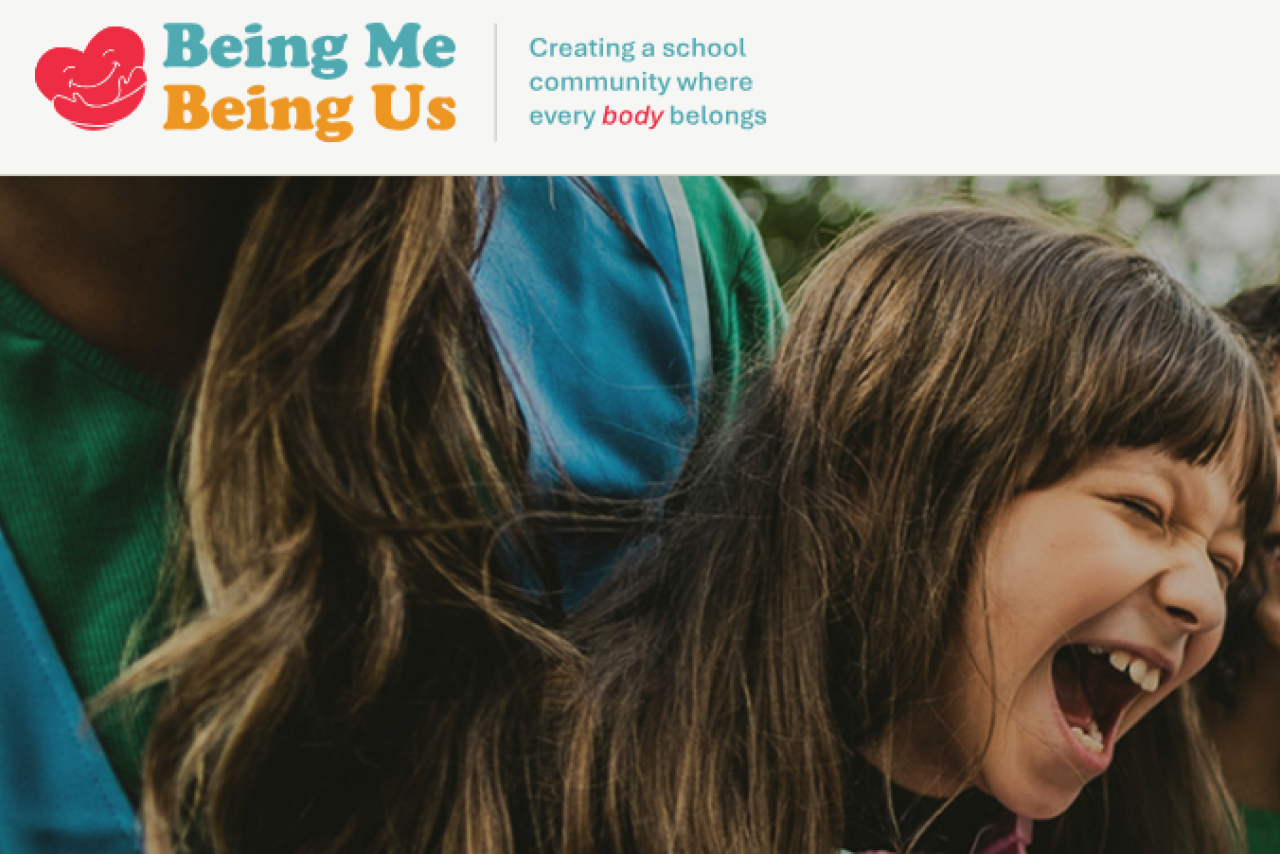
Featured resource
Being Me, Being Us: Creating a school community where every body belongs
Being Me, Being Us: Creating a school community where every body belongs, is an easy-to-navigate website for educators and school professionals to learn, talk and teach about body image. It includes:
- Background information to increase educator and school staff knowledge about body image and how to approach the topic with students.
- Lessons plans and supporting teaching materials for educators for grades 4-7, that connect to multiple subjects in the BC curriculum and Social-Emotional Learning (SEL) competencies.
- Strategies for a whole-school approach to supporting a body-inclusive environment.
Being Me, Being Us uses a whole school approach and aims to prevent disordered eating and eating disorders, and enhance overall mental health and well-being in relation to body image.
Positive body image and mental health resources
-
-
Promoting Positive Body Image—Resources for Educators
-
What is disordered eating?
Embody BC’s info sheet.
-
The Journey from Dieting to Healthy Eating
-
The Journey from Dieting to Healthy Eating
Backgrounder
-
Body Image and Disordered Eating
Foundry BC
-
Eating and Nutrition
Foundry BC
-
Body image handout
For parents/caregivers
-
Eating for Peak Performance
For youth athletes looking for nutrition tips on what to eat and drink to optimize sports performance.
-
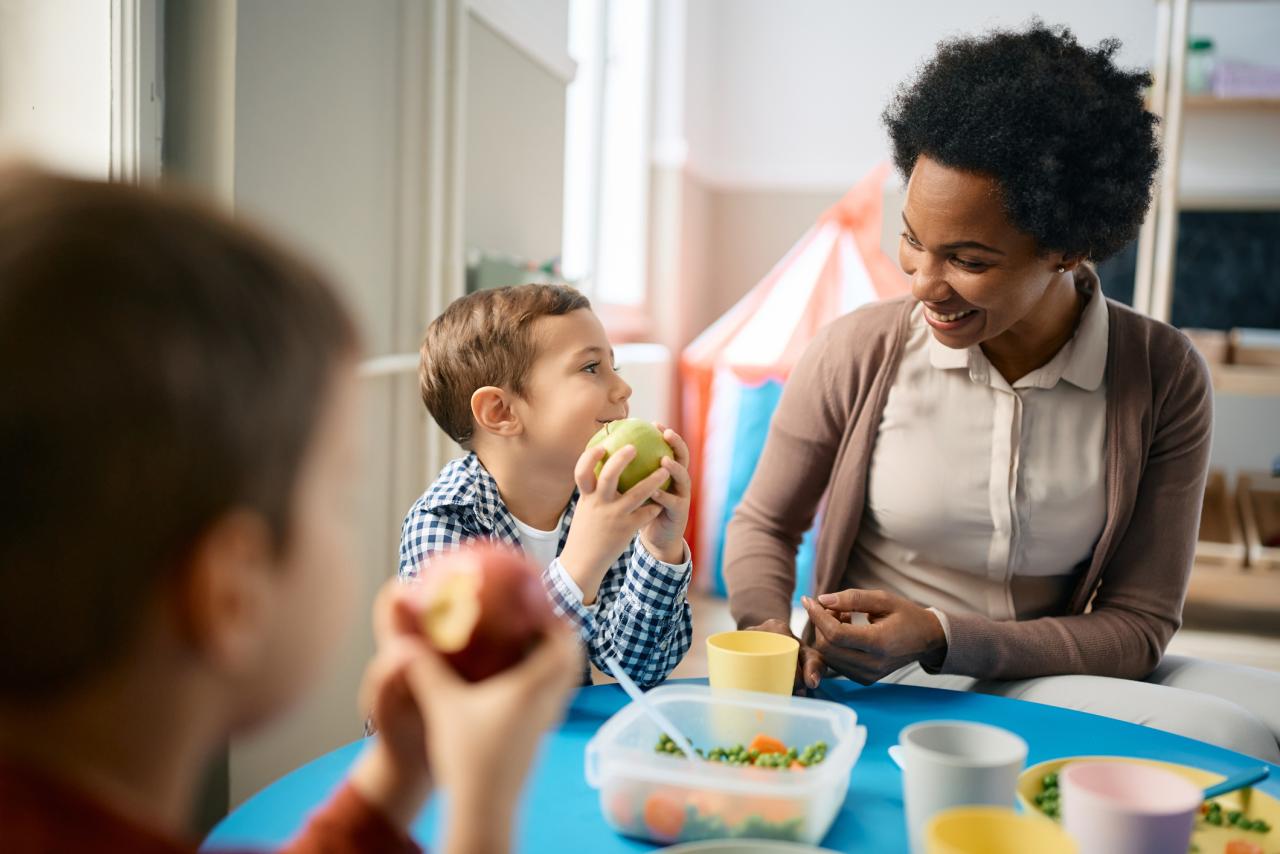
Teaching about food and nutrition
Learning to enjoy a variety of foods takes time and practice. Students benefit from many opportunities to build their comfort and skills with food at school, in a pressure-free environment. Food is also a powerful teaching tool with the potential for many cross-curricular connections.
Build food literacy in schools
Consider the following questions about building food literacy at your school:
- How can we provide students with hands-on food experiences rather than a focus on nutrition information?
- What links can be made with activities in the classroom, garden, kitchen or community?
- How can we create a supportive environment by improving access to healthy foods at school?
- How can we honour the social, traditional and cultural values of harvesting, preparing, and eating food?
- What opportunities exist to partner with local farmers, food distributors, or community members to bring local and indigenous food and knowledge into our school?
Key messages for educators
- Focus food education around food and nutrition on experiences that allow students to explore a variety of foods and build their comfort with choosing, growing and preparing foods. These experiences help children apply the messages from the new Canada's Food Guide.
- Teaching and talking to students about food and nutrition
- Teach children to explore internal cues of hunger, fullness, and satiety (e.g. what does your tummy say?) as opposed to external cues (e.g. eat half a plate of vegetables and fruit) when deciding how much to eat.
- Teach children how to spot nutrition fads and find good sources for nutrition advice.
- Role model talking about food in a neutral, non-judgmental manner.
- Suggested answers to common food and nutrition questions from students
- Consider curriculum links with school nutrition programs such as Farm to School BC, or take a trip to a local farm, forest, or shore.
- Connect students with an Elder through your school district’s Indigenous Education team or with a farmer to learn about growing, harvesting, and preparing local or traditional foods.
- Consider all the above strategies to encourage children to feel positive about eating and develop skills to enjoy a variety of foods. Refrain from classifying foods as “healthy” and “unhealthy”, learning about food labelling, and nutrients (calories, fat, vitamins, etc.) as it can produce the opposite effect and encourage black-and-white thinking.
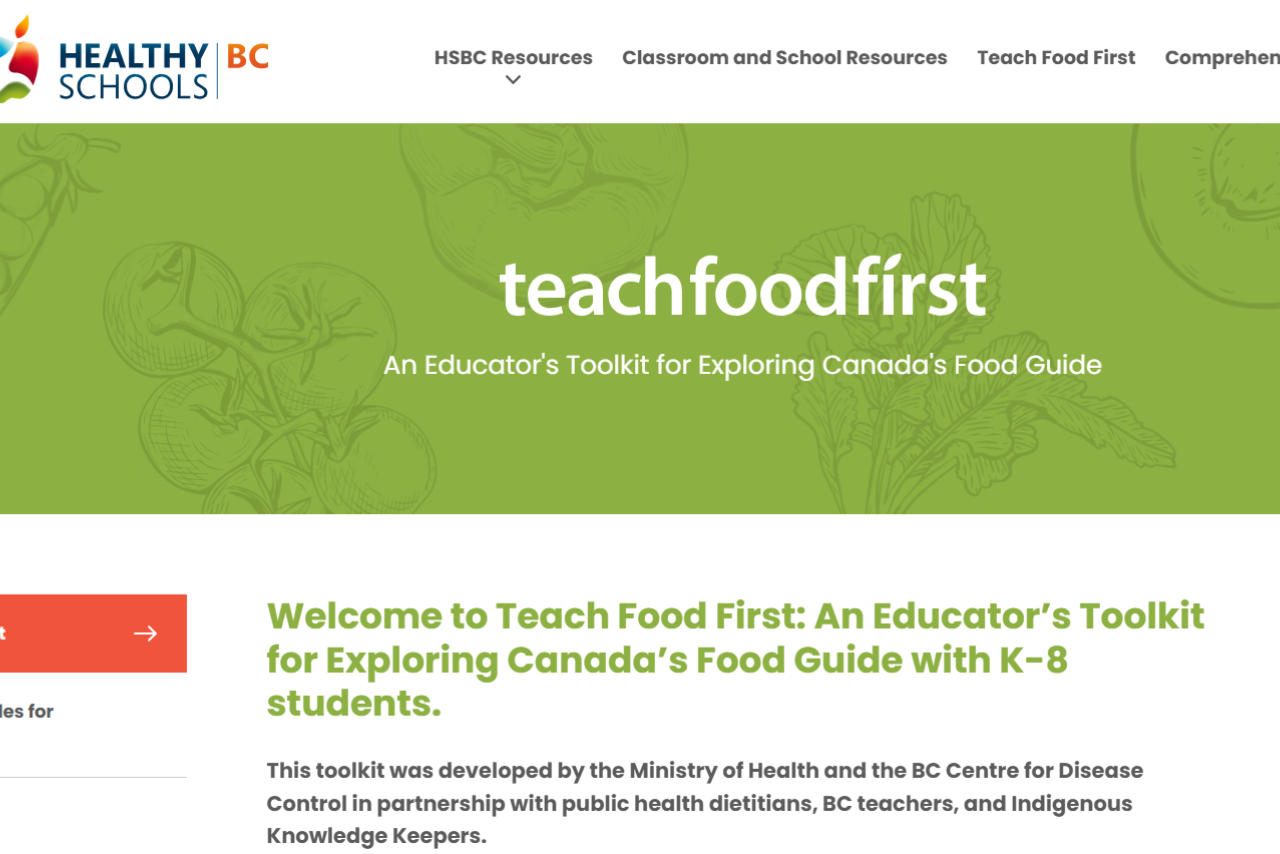
Featured resource
Teach Food First
A K to 8 educator's toolkit for exploring Canada's food guide - lessons align with the B.C. curriculum, are grade-specific and age-appropriate and were developed with equity and culturally inclusive considerations.


